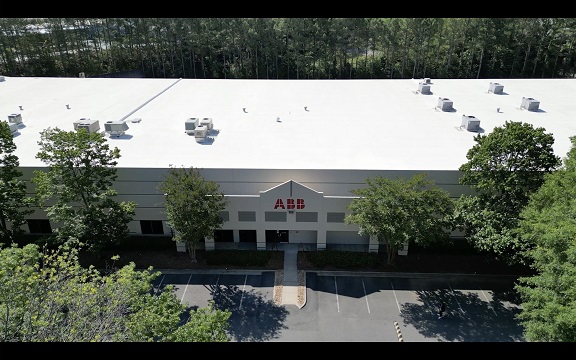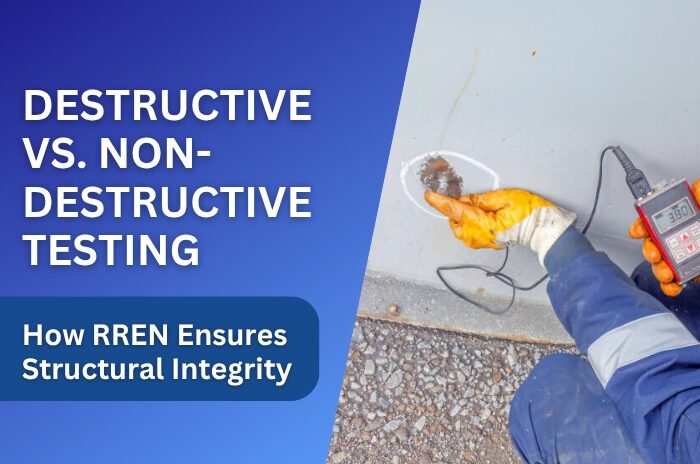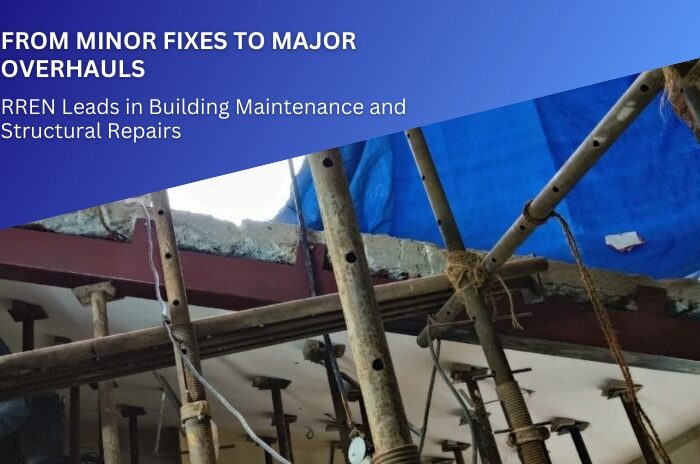Buildings are valuable assets and ensuring their structural integrity without damaging their elements is a major challenge. This is where Non-Destructive Testing (NDT) becomes crucial.
What is NDT?
NDT refers to techniques used to assess the condition of materials and structures without causing damage. Common methods include Rebound Hammer Test, Rebar Scanning Test, Half-cell Potential, Cover Meter, Ultrasonic Pulse Velocity and Infrared Thermography. These tools help detect steel reinforcement, concrete strength and any hidden structural issues such as cracks, voids, and material degradation.
Why NDT is Crucial for Buildings
- Preservation of Structural Integrity: NDT allows engineers to assess structural health without damaging or altering the building’s elements.
- Detection of Hidden Issues: Many structural problems are not visible externally. NDT identifies internal issues such as corrosion or cracks, allowing for early intervention.
- Compliance with Conservation Guidelines: NDT aligns with preservation regulations that mandate minimal intervention, ensuring compliance with conservation standards.
- Cost-Effective Auditing: It reduces repair costs by preventing unnecessary damage and focusing resources on specific problem areas.
- Risk Management: Non Destructive Testing helps prevent accidents in buildings by detecting structural weaknesses, ensuring safety for visitors.
Key NDT Methods for Heritage Audits
- UPV Testing: Evaluates the internal strength of materials like concrete and stone.
- Rebar Scanning Test: Detects reinforcement in the already constructed elements.
- Half Cell Potential Test: Assessing the corrosion likelihood in reinforced concrete structures.
- Cover Meter Test: Determines the thickness of concrete cover over reinforcement bars in a structure.
- Rebound Hammer Test: Measures surface strength without damage.
- Infrared Thermography: Identifies moisture and material deterioration.
Conclusion
NDT plays an essential role in the conservation of buildings by offering accurate, non-invasive assessments. It helps protect structures while ensuring their long-term sustainability and safety.











